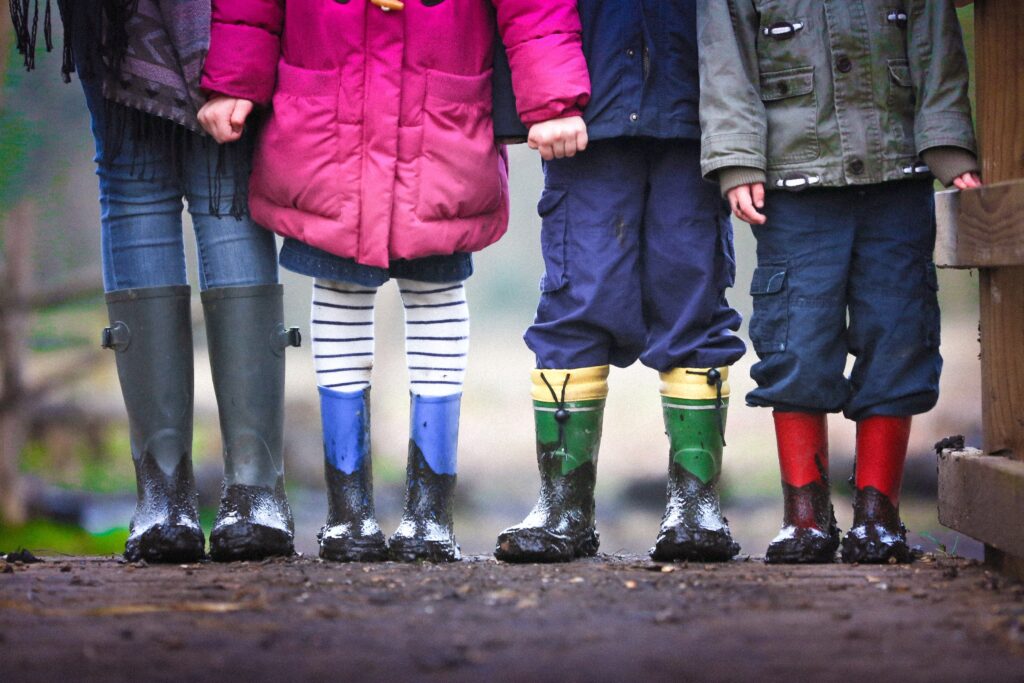Written by Ellen Bradley.
Engaging people with the nature around them is a cornerstone of conservation. Britain has a long history of studying our nature and is the home of many world-class naturalists including Charles Darwin, Jane Goodall and David Attenborough. Yet many of our young people seem totally removed from the wildlife in our gardens, hedgerows and shorelines. Curlew Action wants to rekindle that intrinsic love for nature that we all harbour, not only because it is a source of joy and wonder, but because we cannot protect wildlife that we do not understand and value. Once that understanding and value for nature is created, it stays with us throughout our life and can have profound impact on the decisions we make. Despite our size, the UK is of international importance for wading birds, our coastlines are a haven for many species of birds during the winter months and 25% of the global population of Eurasian curlew rely on our shores. Having a population of engaged nature lovers is vital for the continued protection of species and habitats across the UK. The final words of this year’s Dasgupta review were: “If we care about our common future, and the common future of our descendants, we should all, in part, be naturalists”.
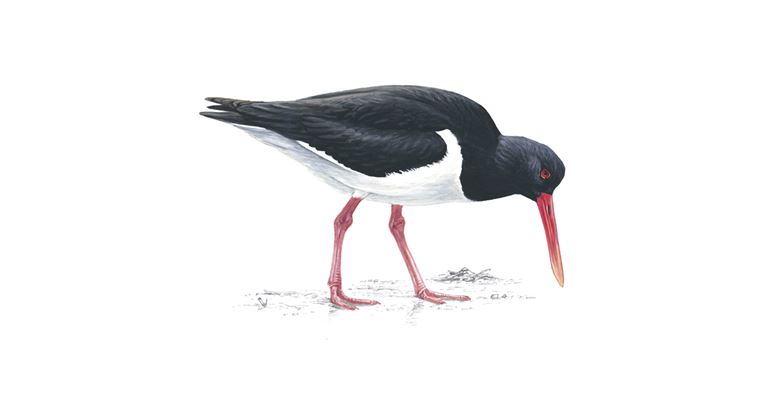
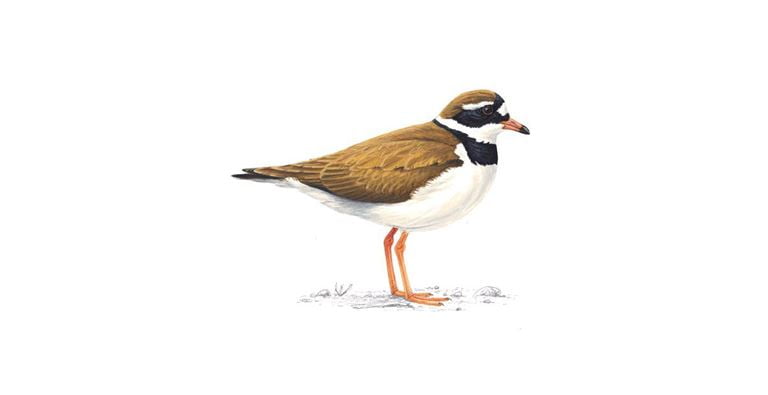
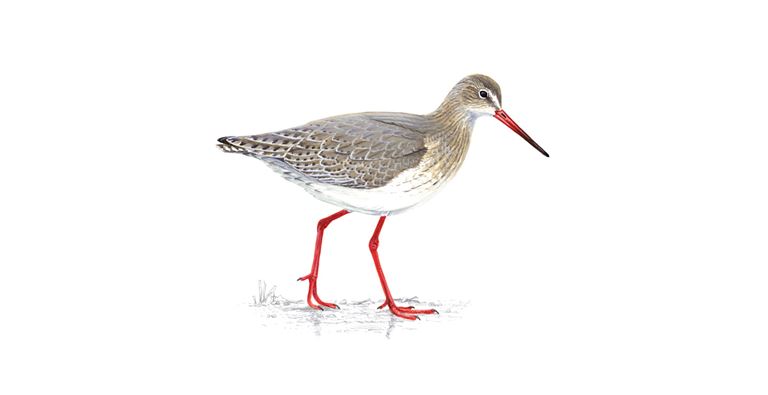
Oystercatcher, Ringed plover and Redshank are all shorebirds that we might see on our coastline. Image credit: RSPB.
For several years Curlew Action, led by Mary Colwell, has spearheaded the campaign for a GCSE in natural history to become part of the British education system. We are now launching our own education programme that will work to engage young people with curlew conservation. With the support of one of our incredible ambassadors, Steph Smith, an ex-primary school headteacher with a wealth of experience in educational consultancy, we are establishing the Junior Curlew Network; a network of primary schools across the UK that will learn about the plight of the curlew and what is being done to protect them. An initial pilot project involving three primary schools in Lancashire has already been set up and the young people will begin their studies shortly. The children will learn how to identify curlews and other more common wading birds. Each cluster of schools will have their own small group of experts working with them. During the winter they will visit local shorelines to observe these birds and investigate more about their behaviours and habitat requirements, Curlew Action will provide binoculars and resources to help with identification. Having experts associated with each cluster of schools will ensure that site visits do not disturb the birds. During the breeding season the children will monitor any local nesting pairs and learn about the dangers that many ground nesting birds face. Wader Quest has generously funded a nest camera and electric fence for one of our schools in Lancashire to allow the children and wider community to safely observe their local curlew pair.
The curlew, with it’s brown and white plumage and nervous, flighty tendencies, might seem a strange entry point for youngpeople into the world of conservation, but there are few creatures that represent so much. The haunting and beautiful call of the curlew is part of the soul of Britain’s countryside, and it is a piece that is rapidly fading. Many of the great writers, artists and poets across the ages have touched on the eerie cry, that strange juxtaposition of both joy and sorrow that it creates in us. The cultural loss would be immense, but the biological impact spreads further. Curlews are a bioindicator species, which means they represent the overall health of the landscape, the decline of curlews indicates the decline of many other species. To put that in a more positive light, protecting curlews means protecting many other species. Conservation measures that benefit our curlew populations, for example, protecting coastal mudflats and reducing
pesticide use on farmland, also benefit a variety of other species. Engaging young people with curlews will certainly help to cultivate the inner naturalist in that Professor Dasgupta made a plea for, and any support for curlew conservation has knock on benefits to other struggling species like Lapwing, Redshank and Snipe. Their size and long downward curving bill, make the curlew the ideal avian candidate for working with children. Their exaggerated features make them easy to identify and draw and Curlew Action has already received some wonderful curlew art from young curlew enthusiasts.
Photo credit: Tim Melling.
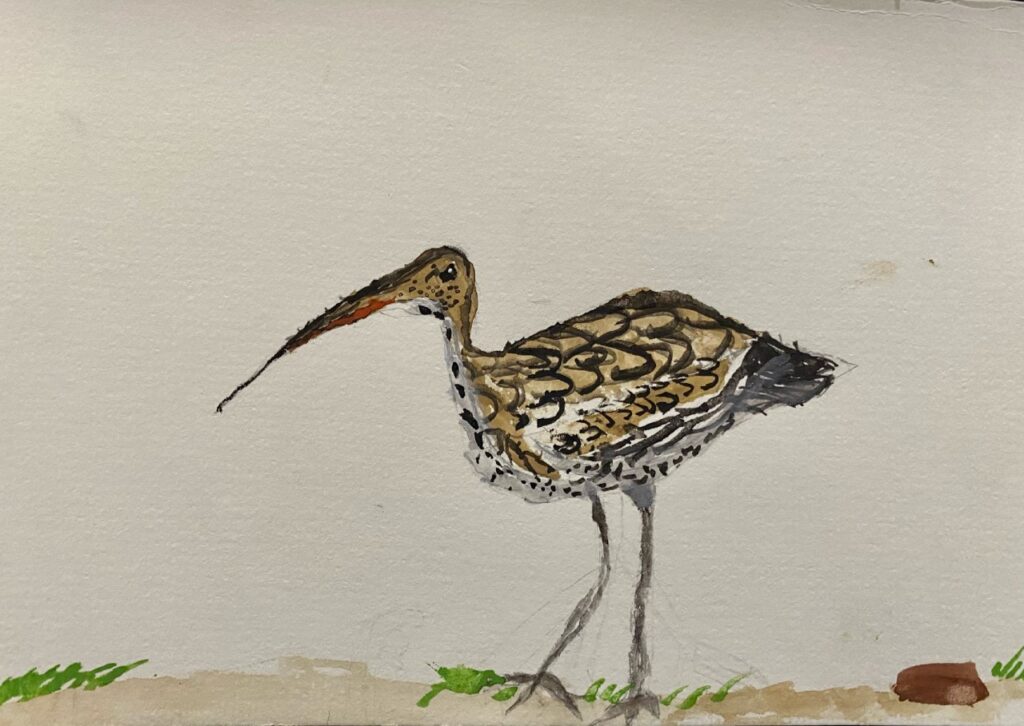
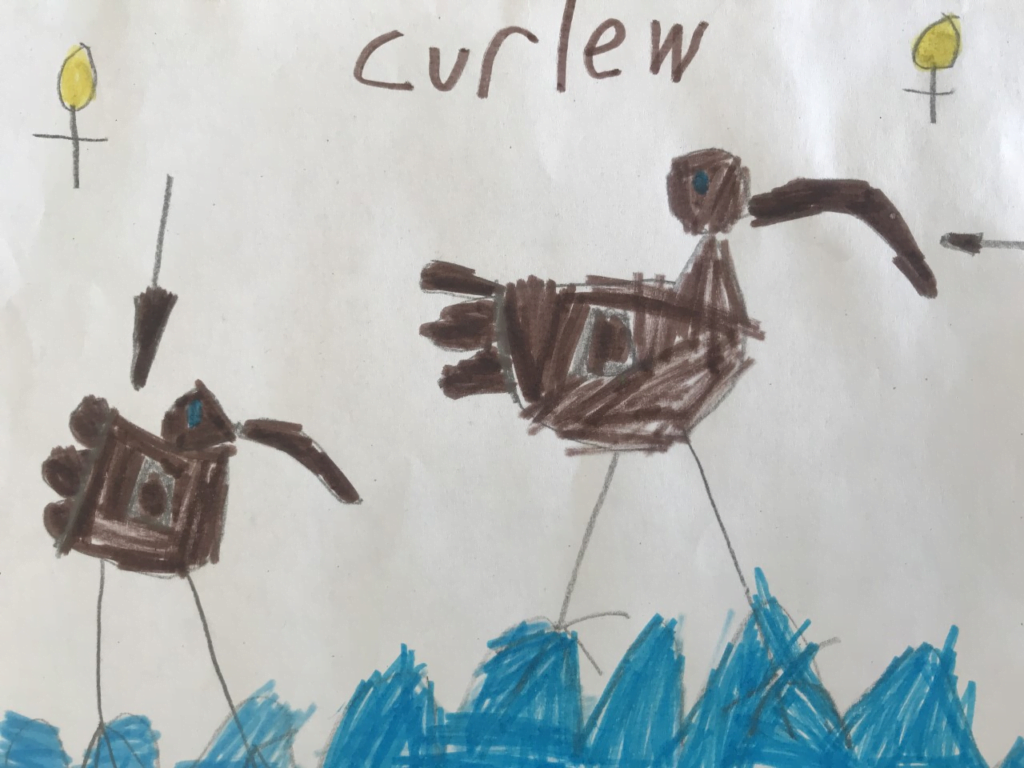
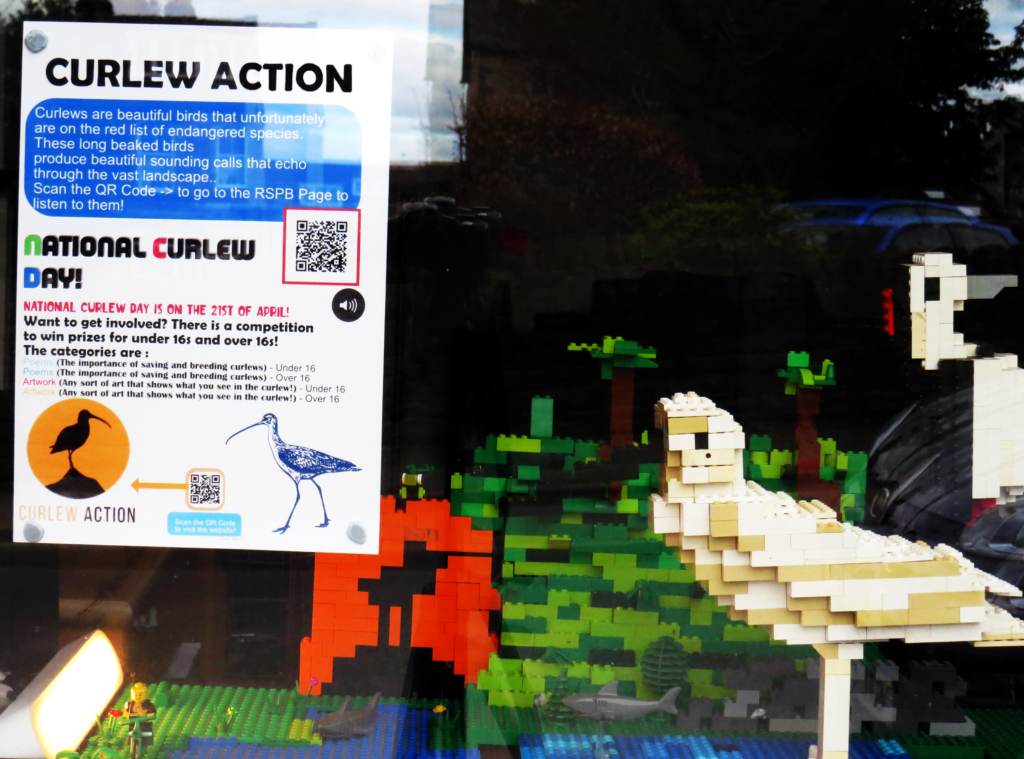
Artwork (1): Aneeshwar Kunchala (age 6). Winner of the Curlew Action 2021 World Curlew Day U 16 art competition. (2) Sabria (age 6). (3) Dmitri Armitage (aged 15).
As the network develops we hope to include schools across the UK and to engage young people who may not have the same access to nature of those living in more rural areas. We believe this project has real potential to positively impact curlews and young people. None of this would be possible without the support and guidance of Steph and the enthusiasm of the teachers and local bird experts in Lancashire who have so far supported our work. Over the coming year we hope to include more schools and we will need more teachers, volunteers and bird experts to become part of our Junior Curlew Network team. If you would like to be involved please email Ellen (ellen@curlewaction.org).

